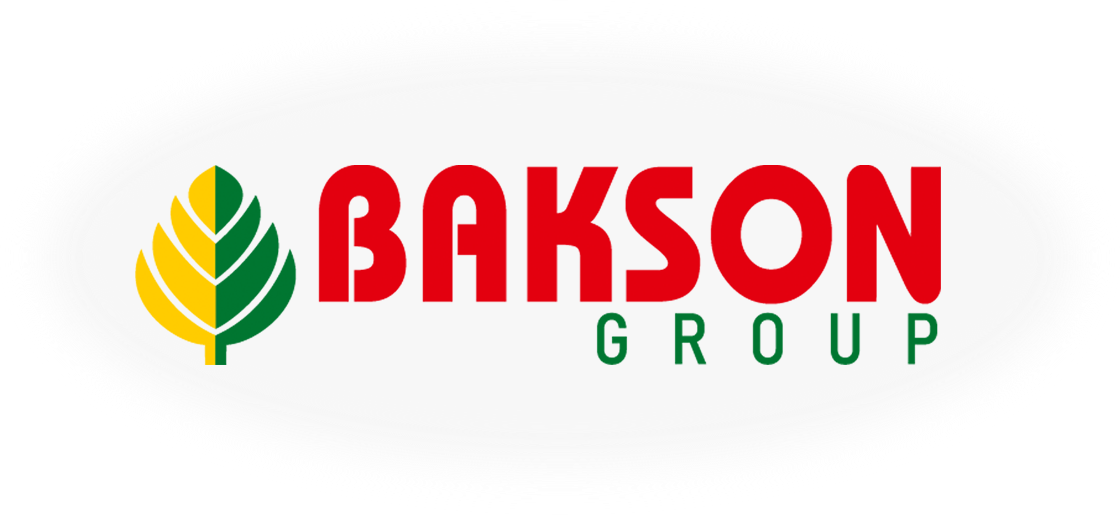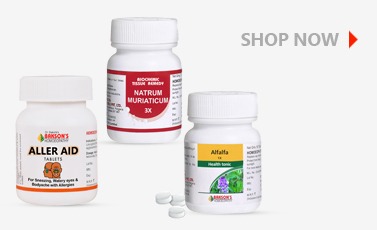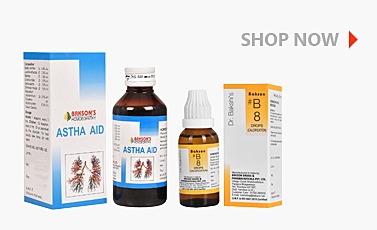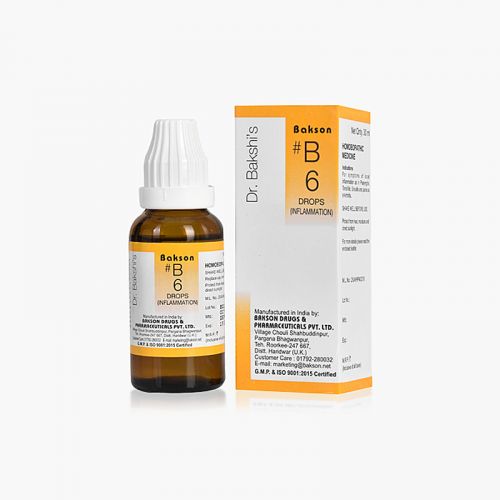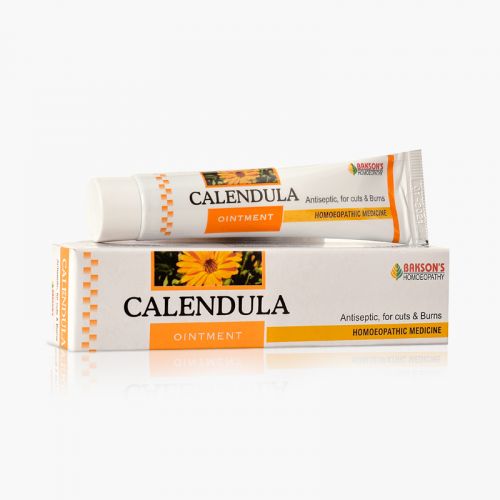We use cookies to make your experience better. To comply with the new e-Privacy directive, we need to ask for your consent to set the cookies. Learn more.
What is Ingrown toenail?
Ingrown toenail, also known as onychocryptosis or unguius incarnatus, occurs when the nail plate grows into the periungual skin and causes inflammation and infection. The hallux or the big toe nails are the most frequent location.
One of the hypothesized theories for ingrown toenail is the excess of skin surrounding the nail. This leads to the bulging of the wide lateral tissue up around the nail leading to pressure and necrosis. Also, ingrown toenails occur when the nail plate edge grows into the overlapping lateral nail fold causing inflammation and formation of granulation tissue.
The prevalence ranges from 2% to 5% and peaks in adolescents and young adults with a male preponderance.
Causes
Improper nail trimming appears to be the most common etiology of ingrown toenails as it may lead to a nail spike that traumatizes adjacent soft tissue. Abnormal nail shape and anatomical distribution may also be responsible for the pathogenesis.
Other predisposing factors for ingrown toenails include tight-fitting shoes, bad foot hygiene, hyperhidrosis, trauma, and the use of some medications, especially epidermal growth factor receptor inhibitors.
Sign and symptoms
The patient presents with the toe pain that might cause discomfort and disability leading to difficulty in walking or complete inability to ambulate.
There are three stages encountered during the physical examination-
- Stage 1: It is characterized by signs of inflammation in the affected toe: pain, swelling, and erythema.
- Stage 2: The initial stage is followed by an acute infection with seropurulent drainage and ulceration of the nail fold, causing more oedema and tenderness.
- Stage 3: Chronic infection leads then to the formation of a hypertrophic granulation tissue, which increases the compression and thus adds to the swelling and discharge.
Diagnosis
The diagnosis is mainly based on the clinical presentation and usually does not require any laboratory or radiological examination.
General management
General measures for ingrown toenails include proper footwear as well as correct nail trimming; this includes avoiding curved cutting off the lateral margins of the nail plate. General measures should also include management of the underlying factors (hyperhidrosis, onychomycosis). Soaking the affected toe in warm soapy water for several minutes, followed by the application of a topical preparation and other medications that may give relief.
Disclaimer: The information provided herein on request, is not to be taken as a replacement for medical advice or diagnosis or treatment of any medical condition. DO NOT SELF MEDICATE. PLEASE CONSULT YOUR PHYSICIAN FOR PROPER DIAGNOSIS AND PRESCRIPTION.
- BAKSON #B 6 DROPSSpecial Price ₹ 160.00 Regular Price ₹ 200.00
- CALENDULA OINTMENT- 25 GM₹ 75.00
